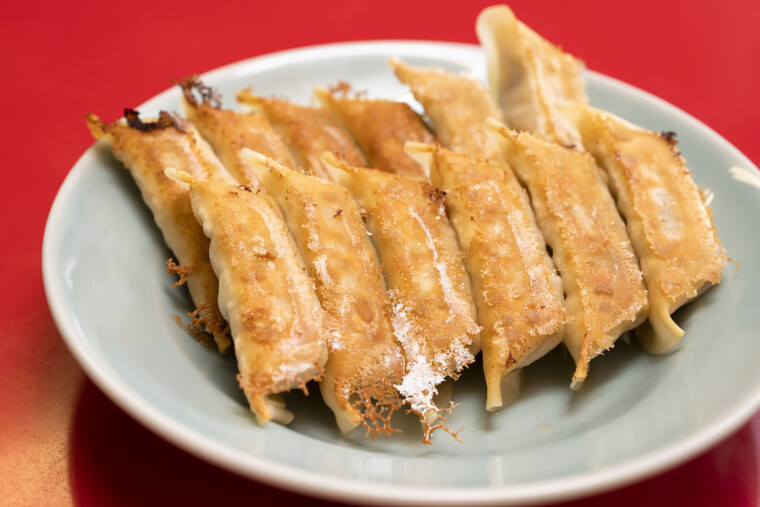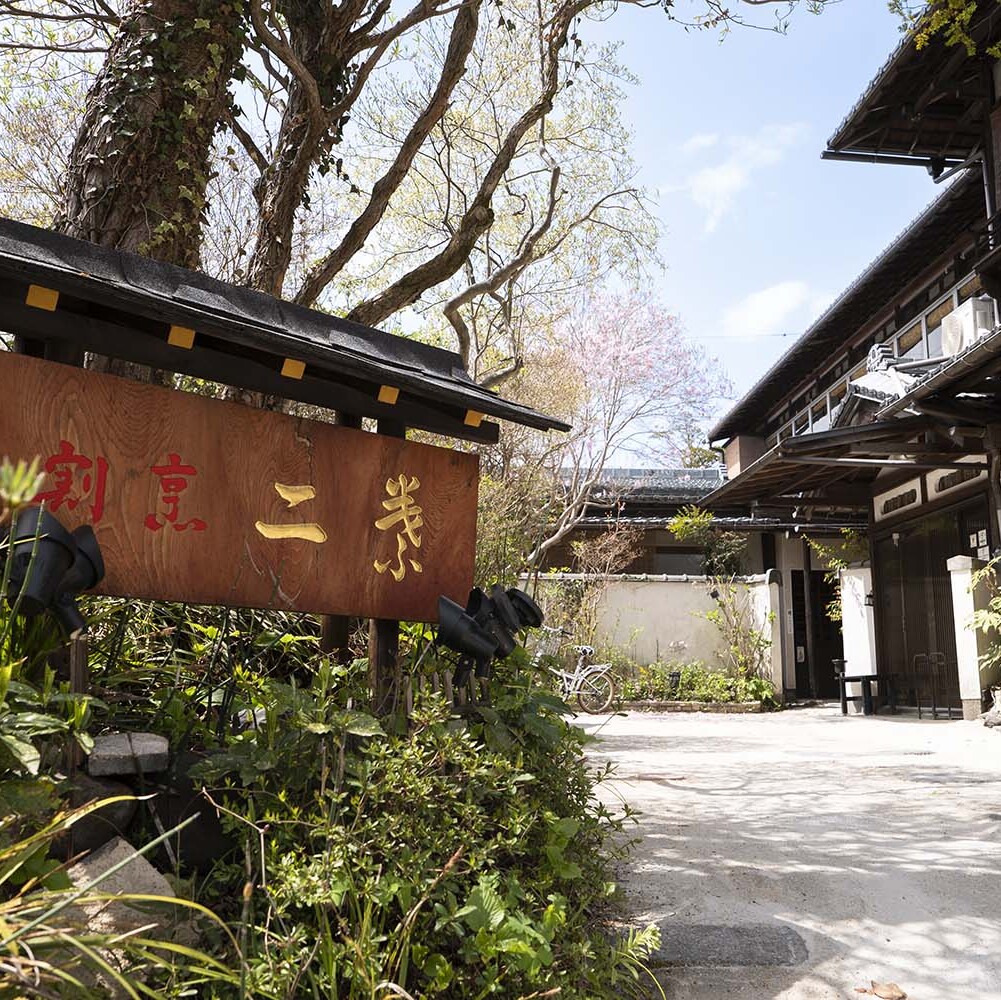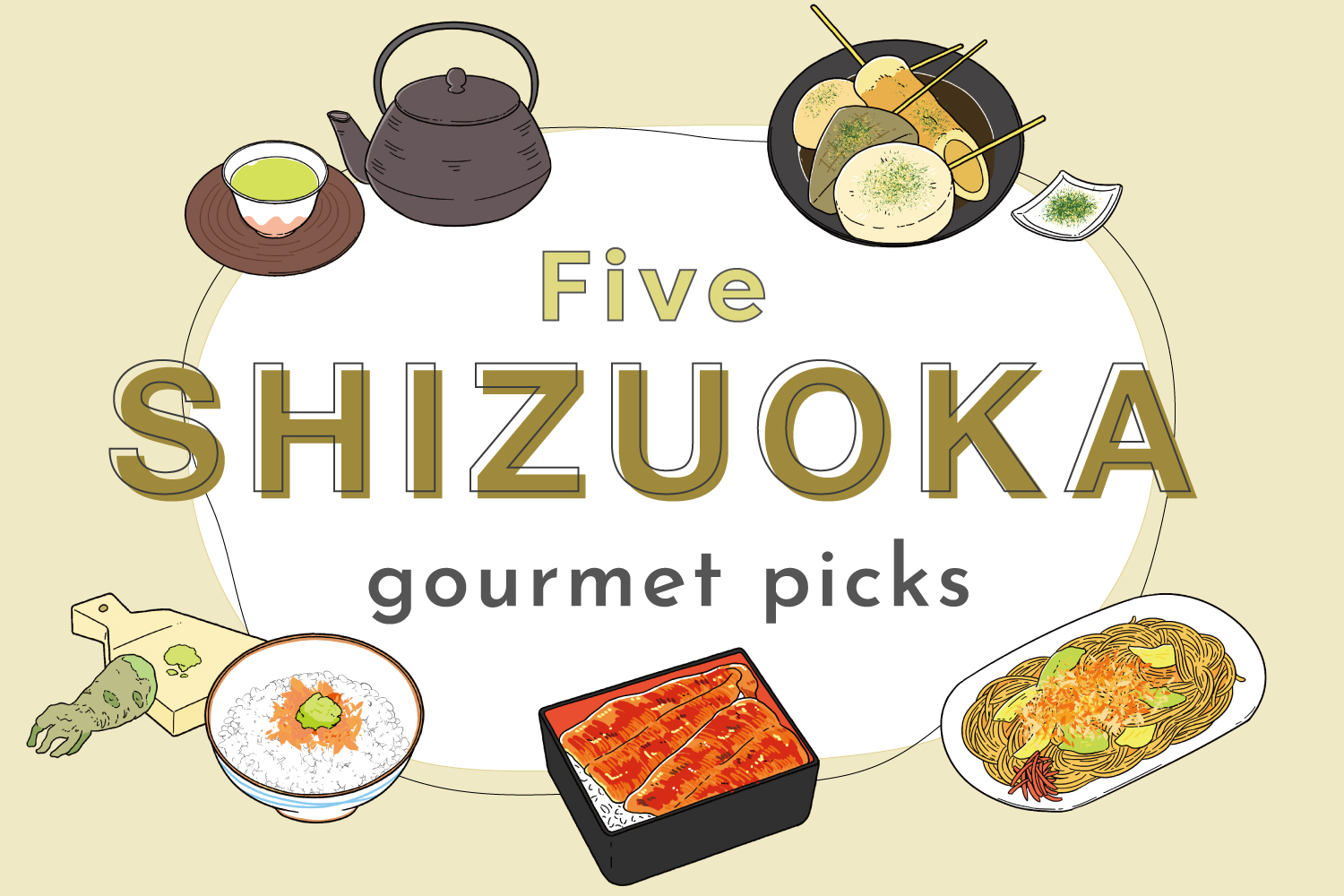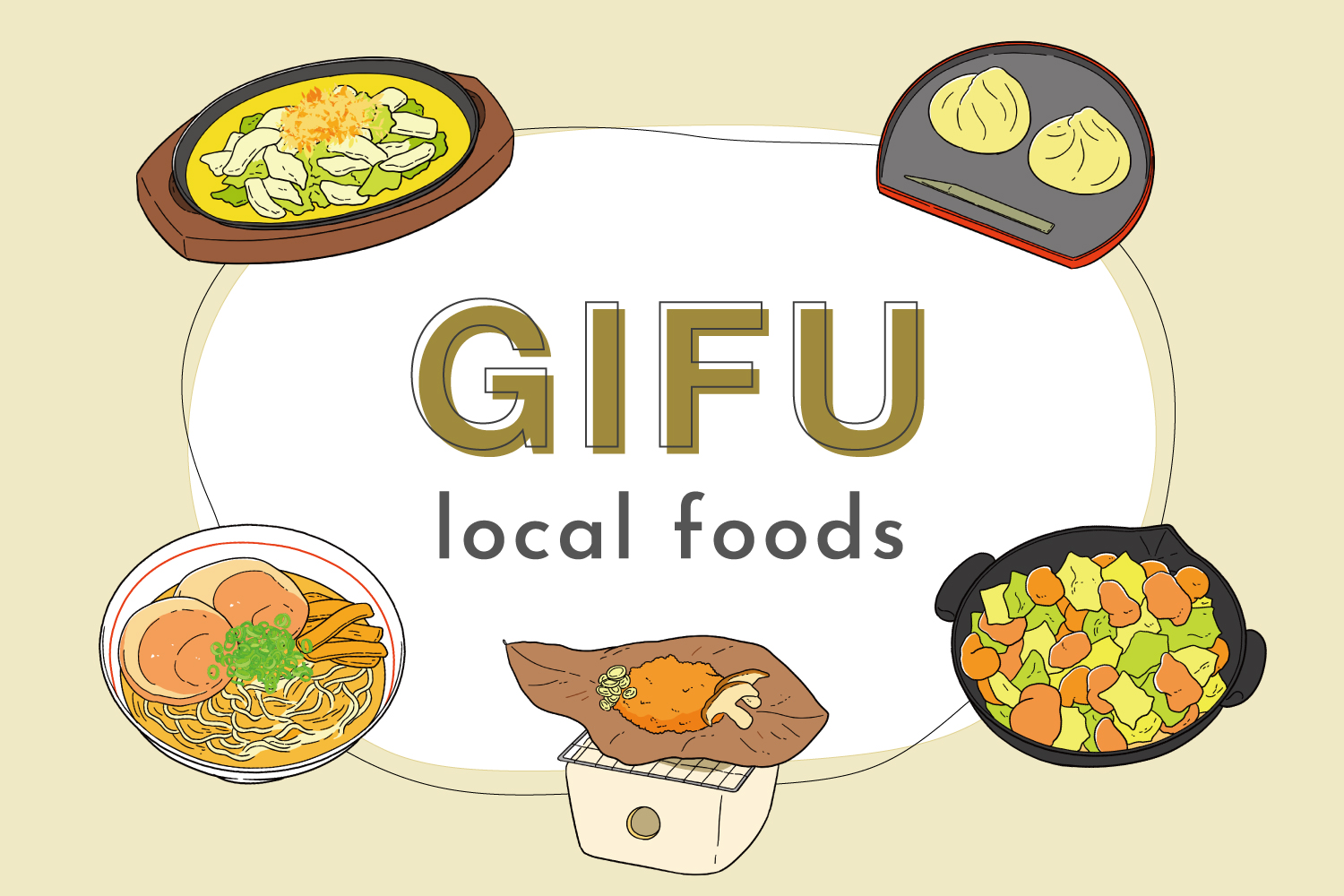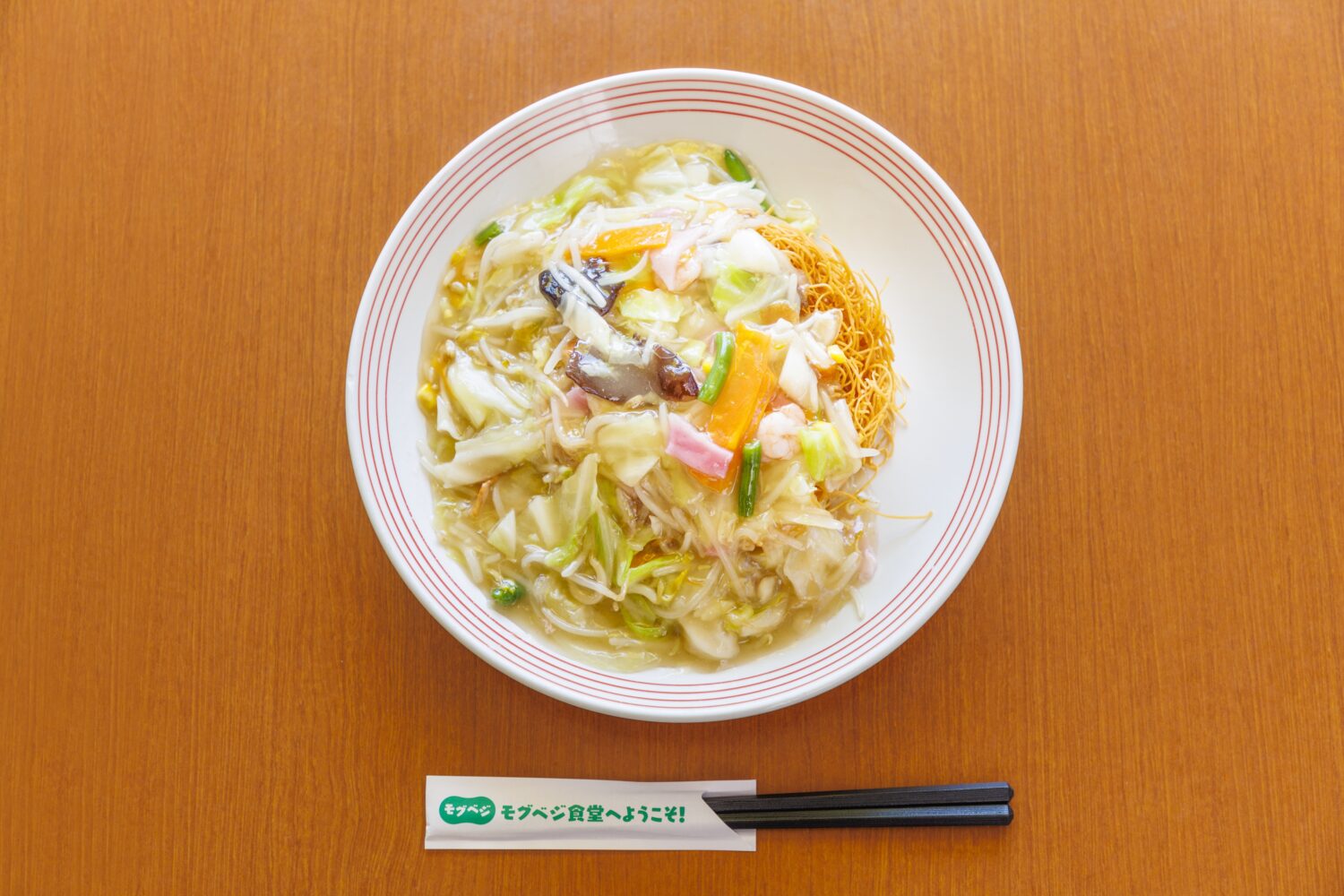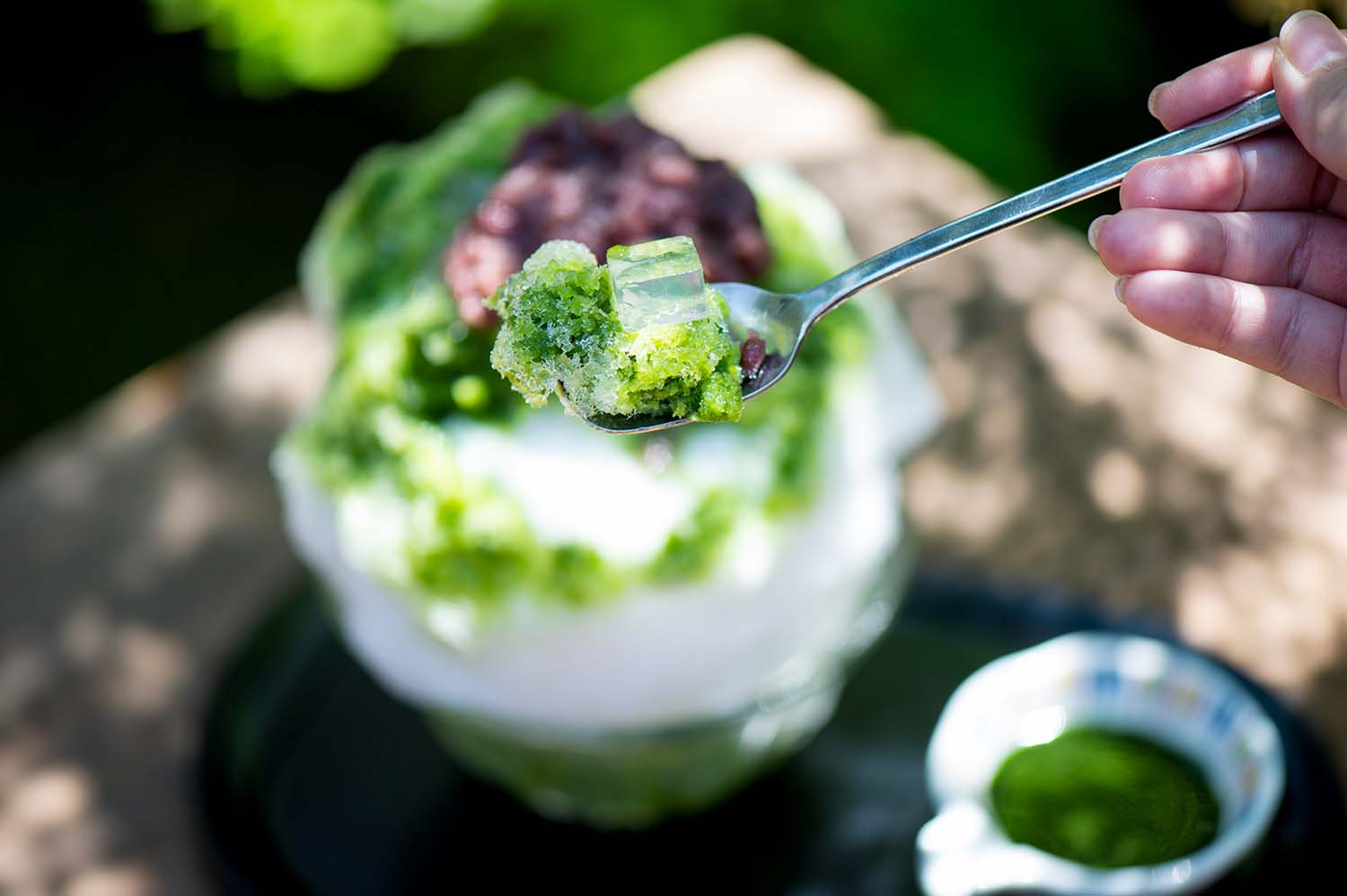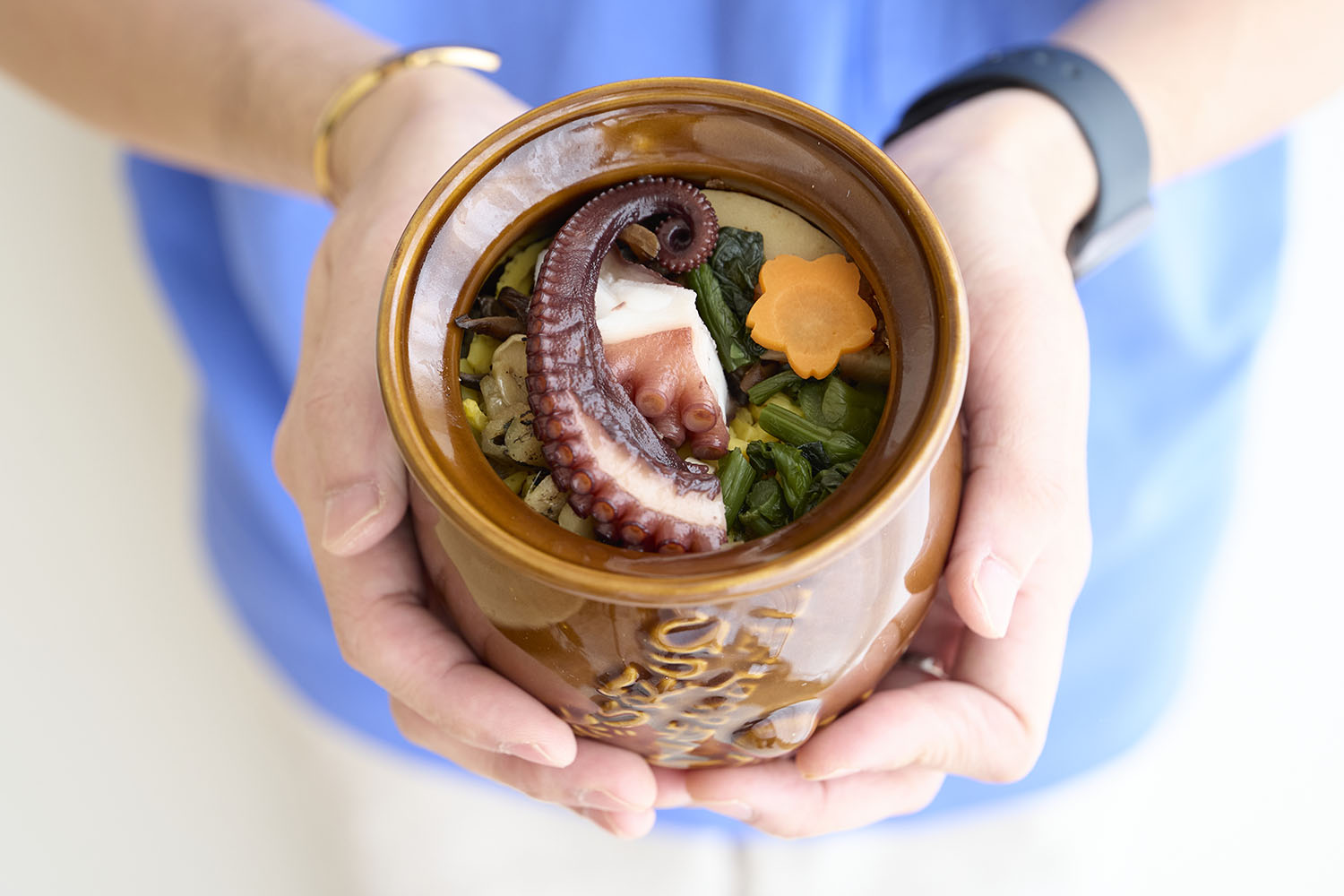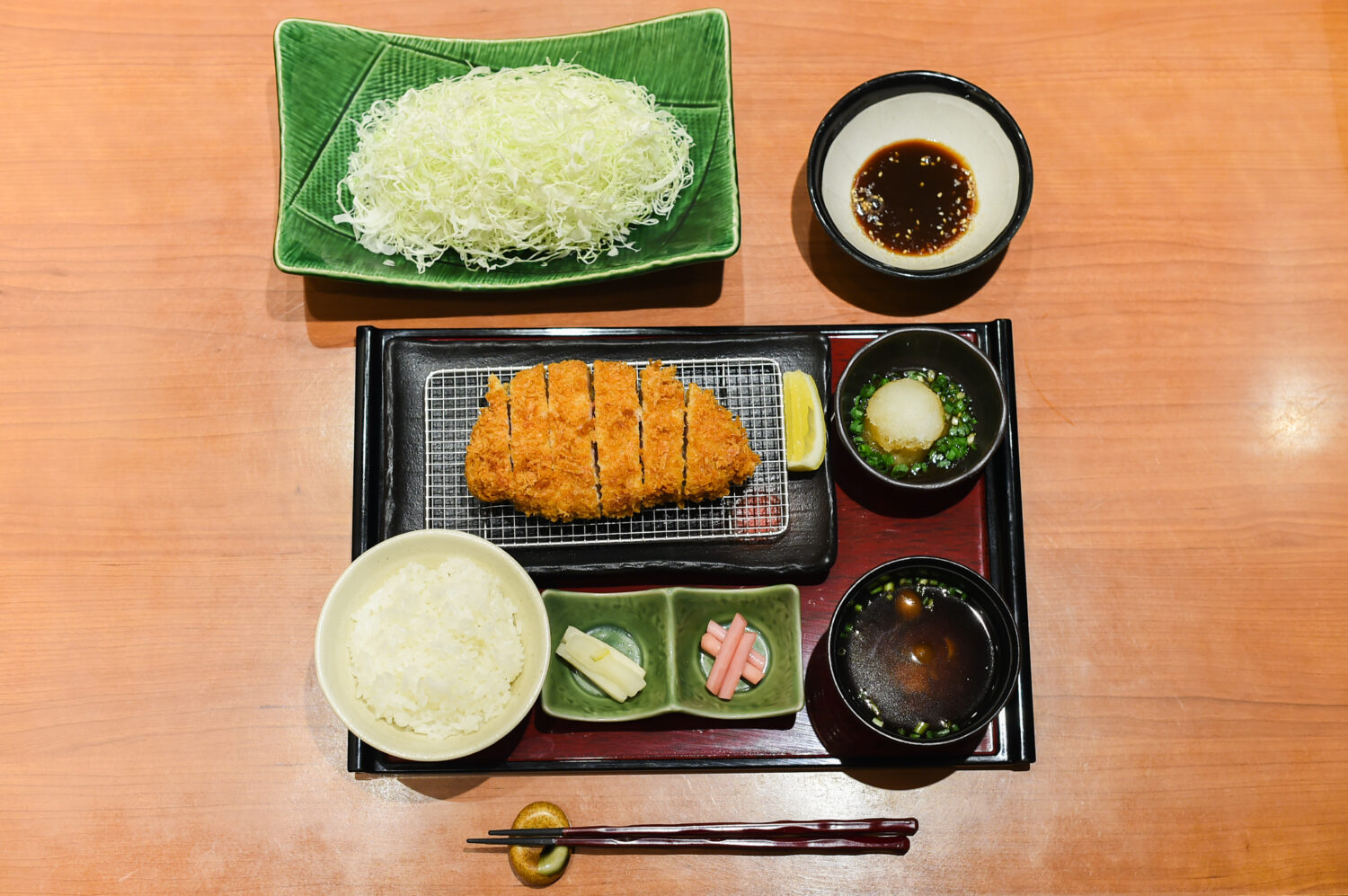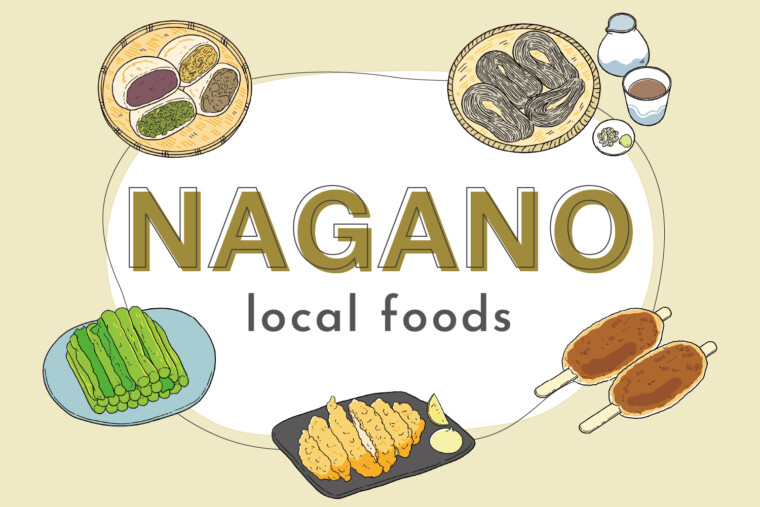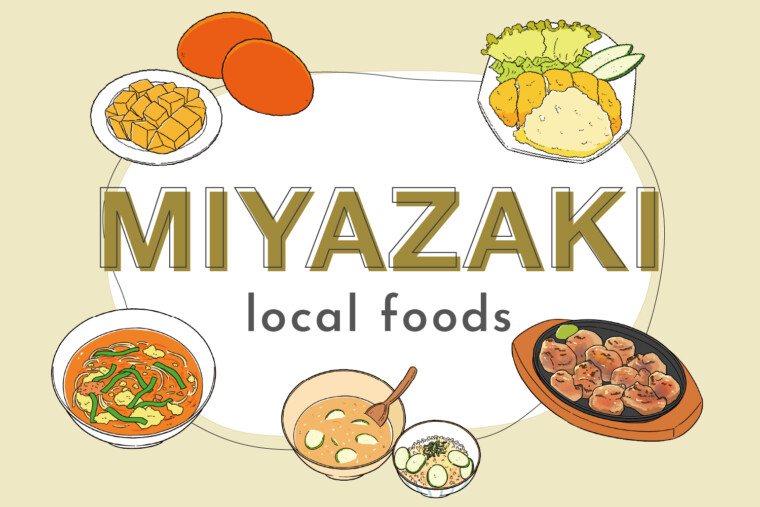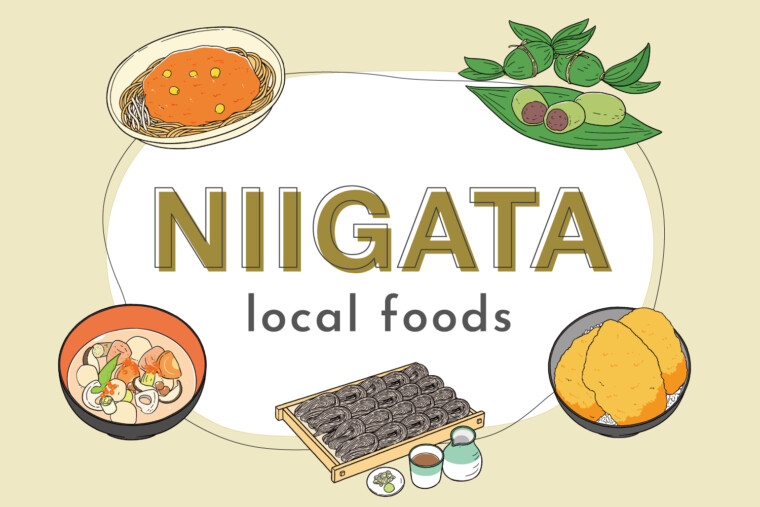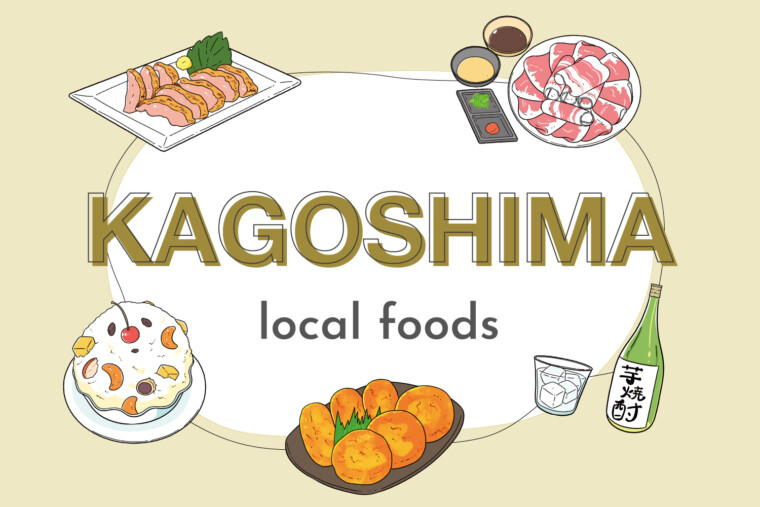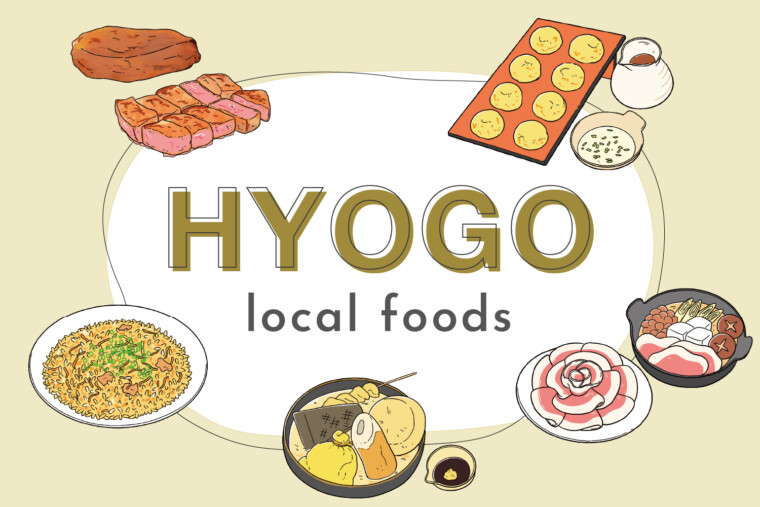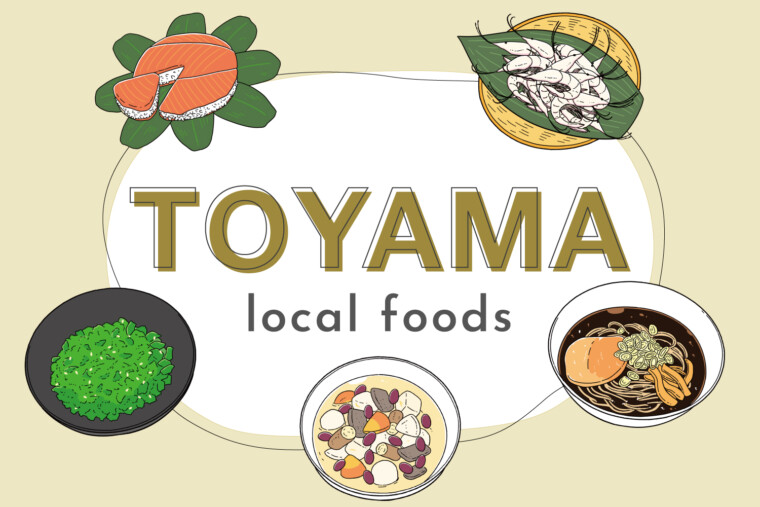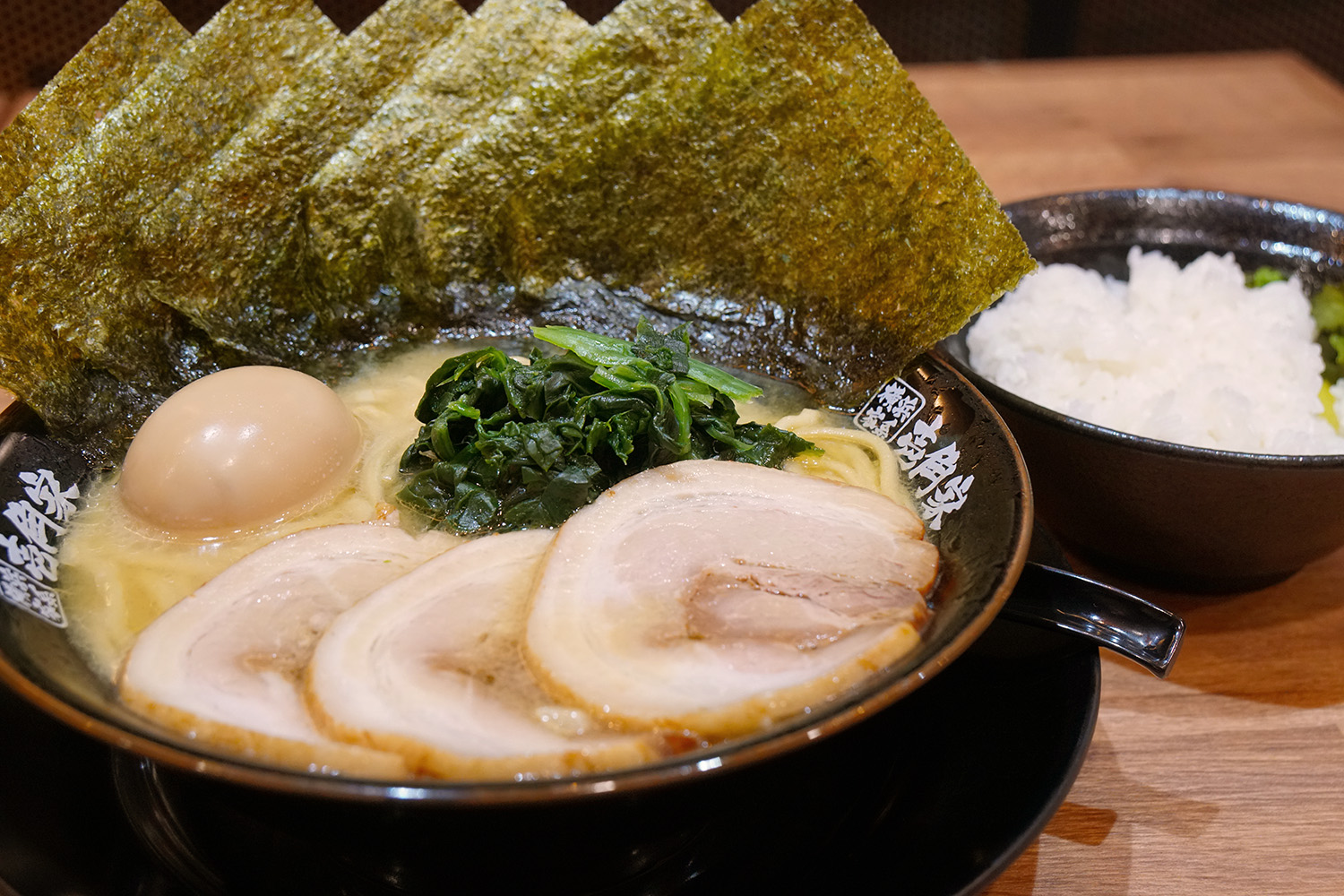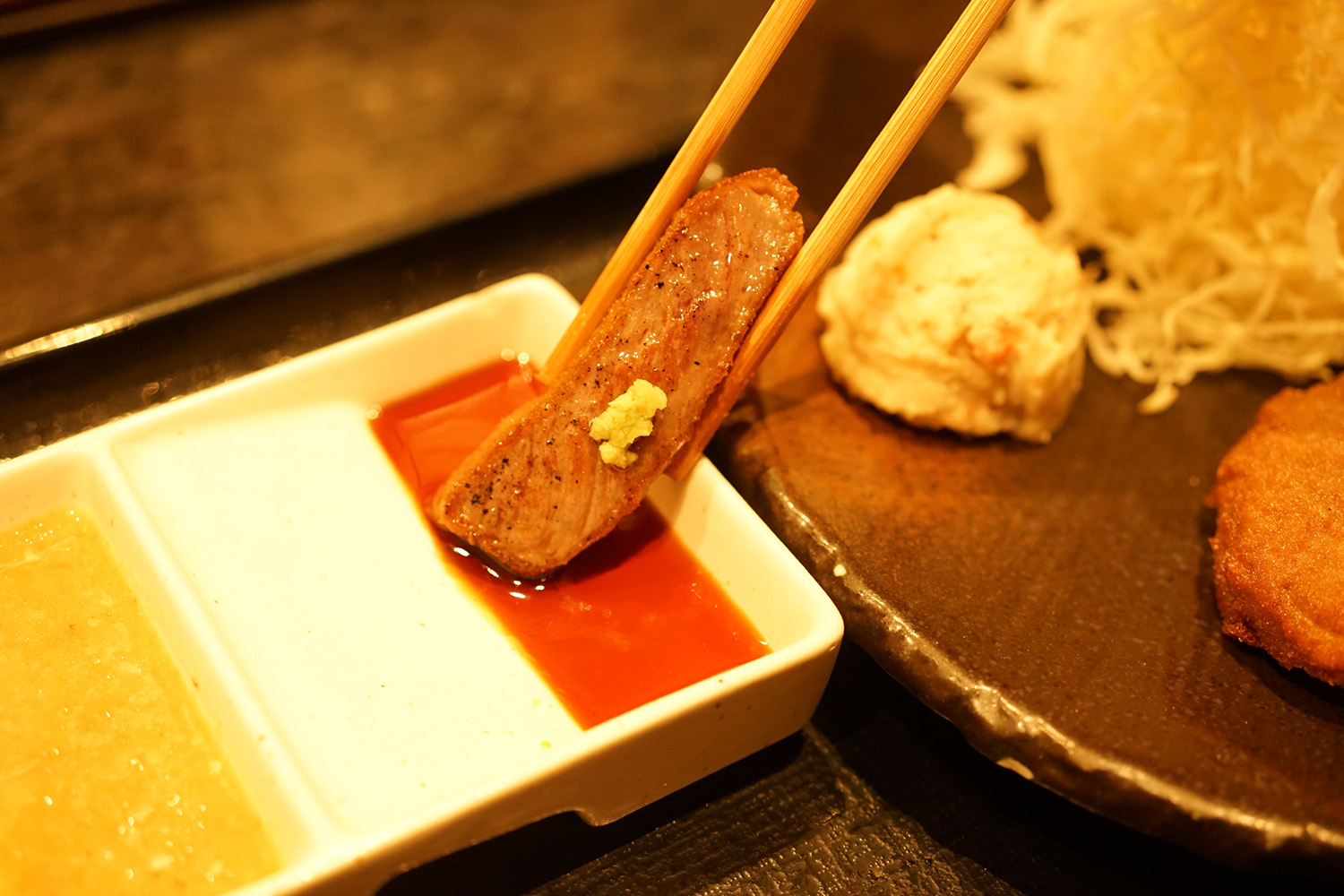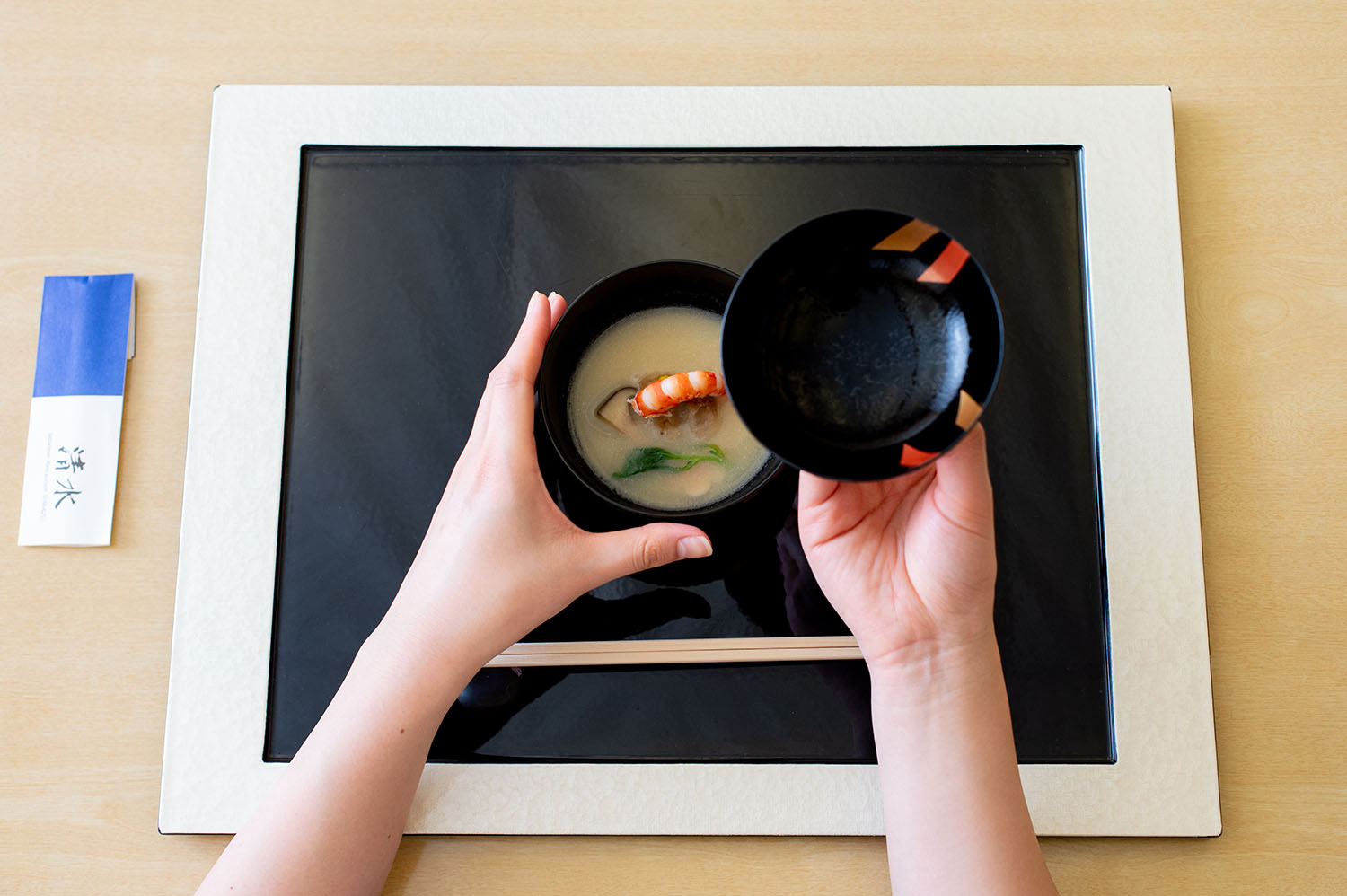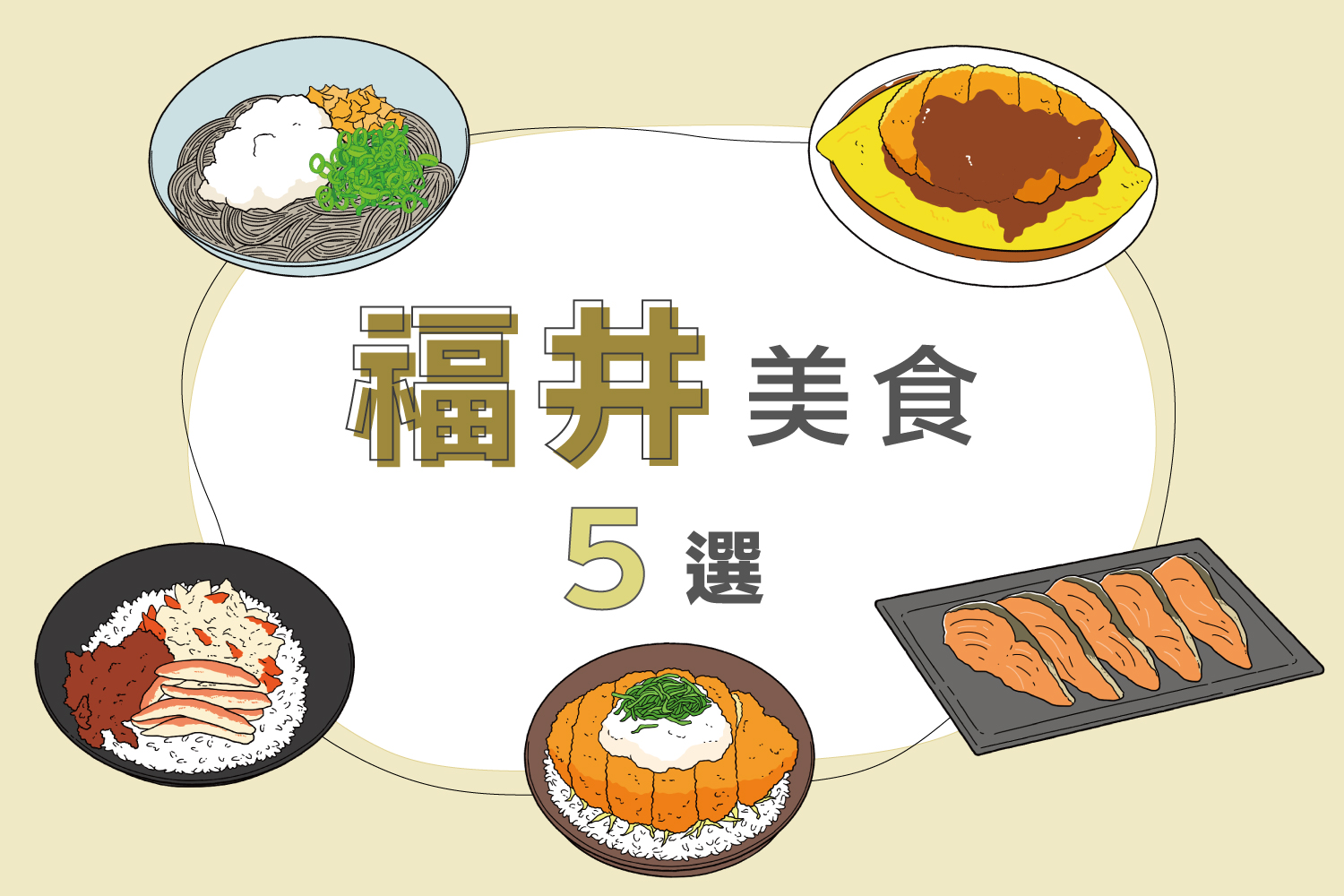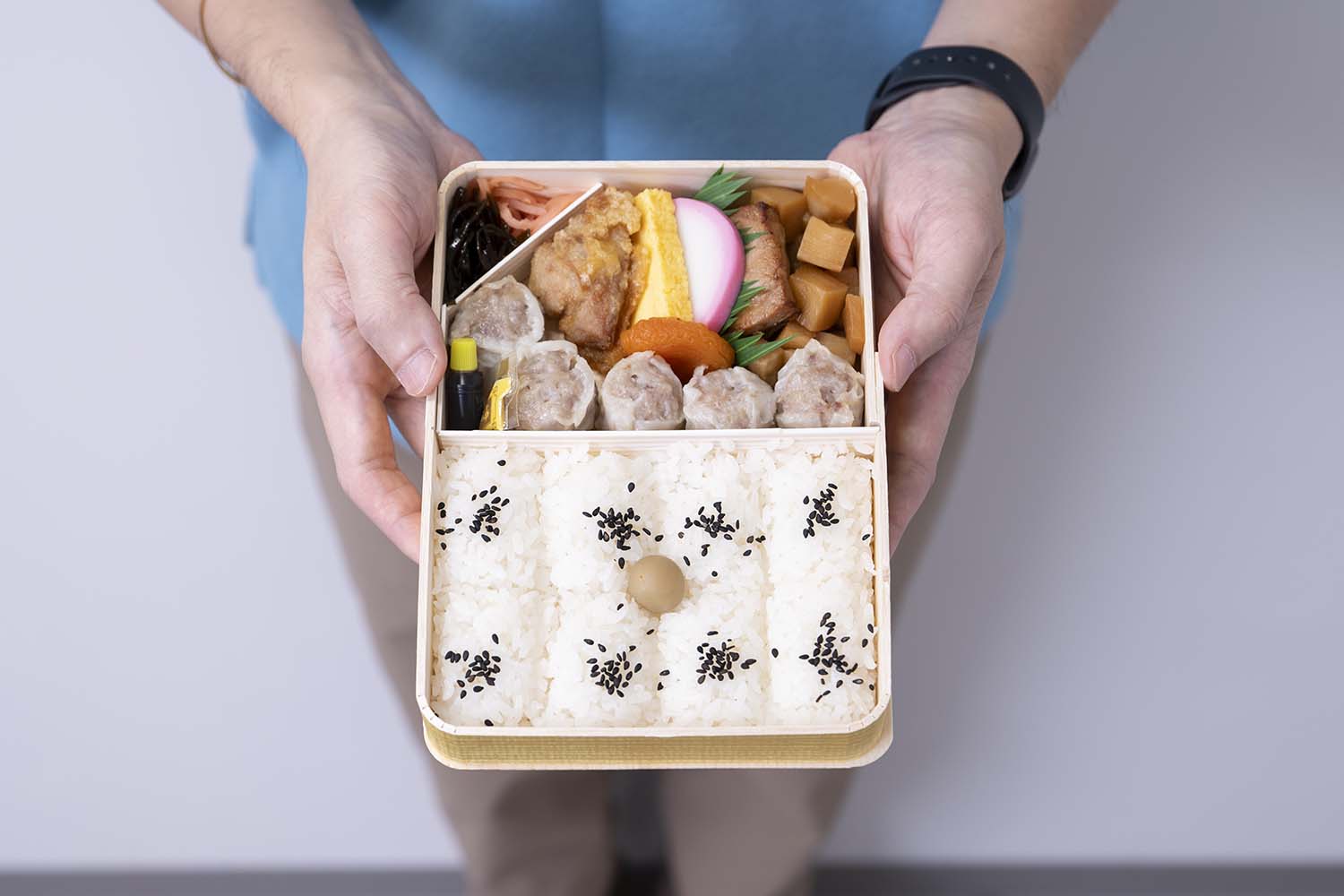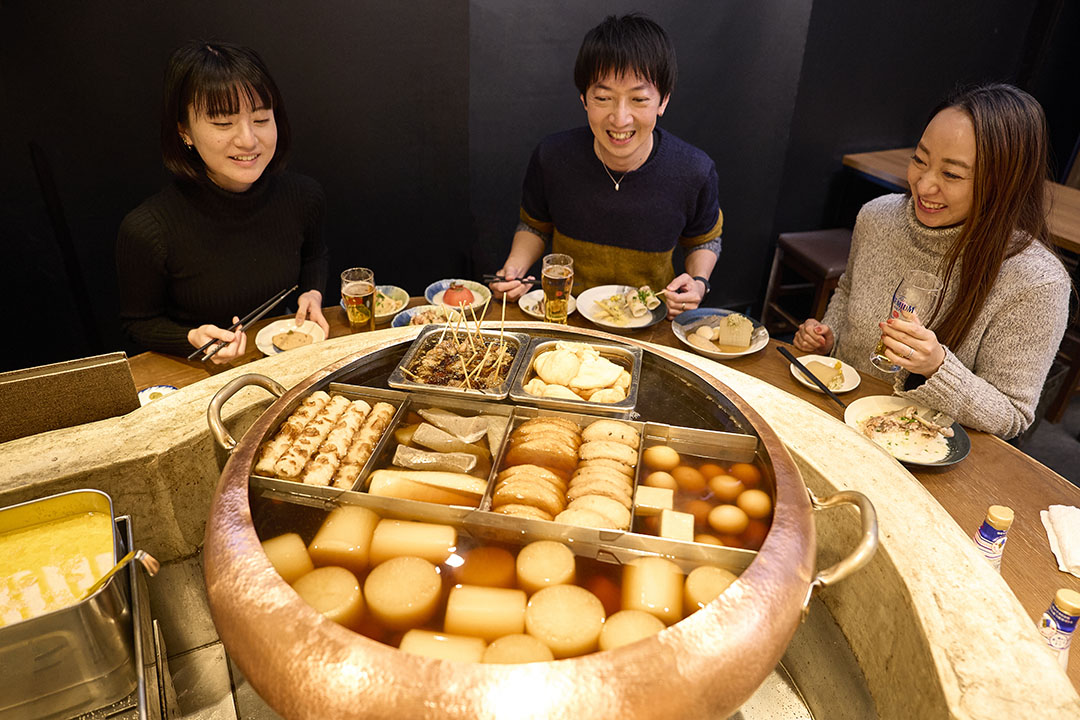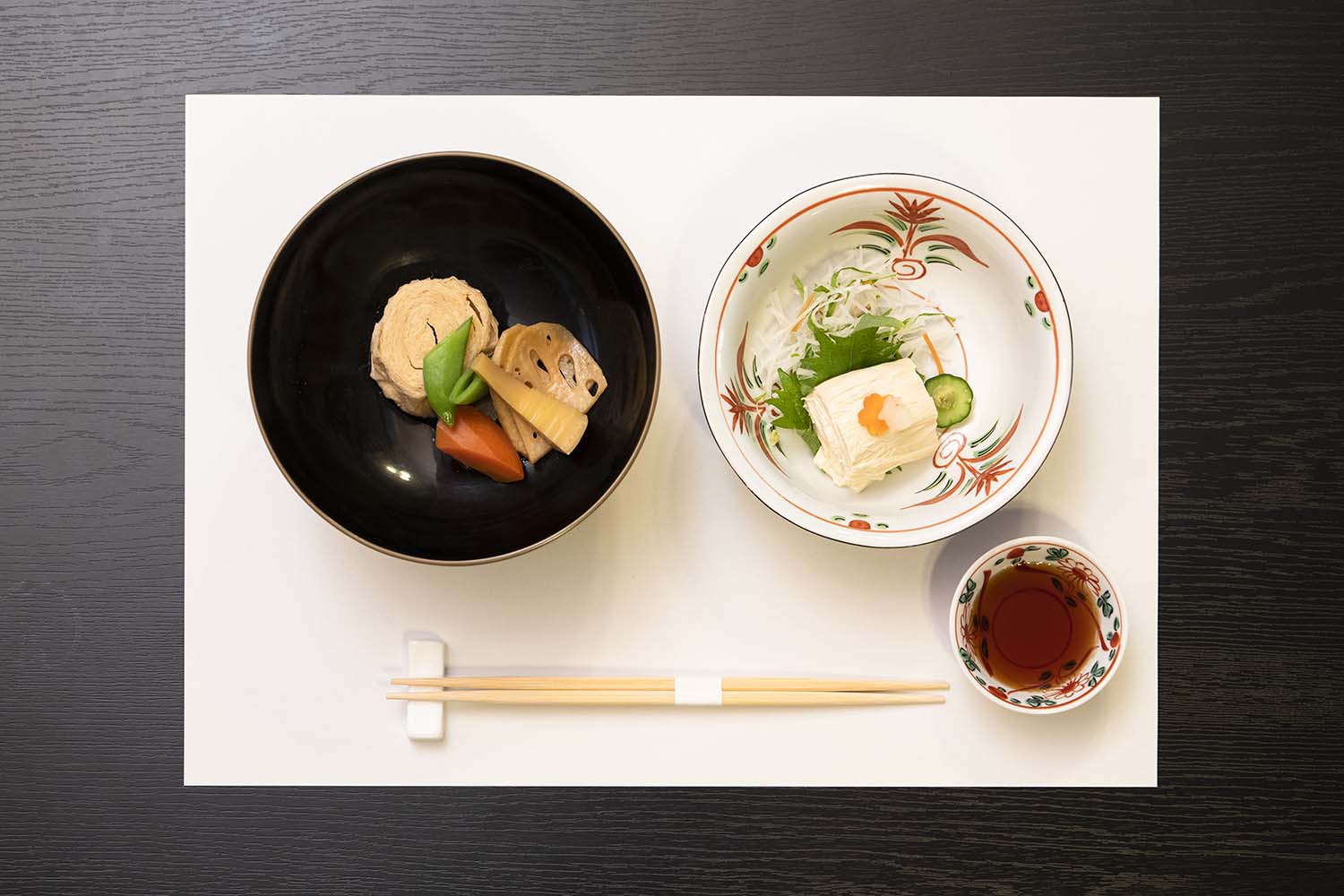
How to eat Nikko Yuba | Explore the heritage and flavor of yuba, a renowned food of Tochigi Prefecture
Nikko City, in Tochigi Prefecture, has a long heritage of making the most of its natural environment to produce yuba, the skin that forms on the top of boiled soy milk during the tofu making process. To write the word yuba, the kanji characters for “hot water” and “leaf” are used in Kyoto, but in Tochigi Prefecture, the kanji for “hot water” and “wave” are preferred. What’s the reason behind this nuance? And how is yuba prepared into cuisine? We visited a local kappo-style restaurant to learn about the fascinating story of yuba.
share:
Table of Contents
The history of Nikko Yuba
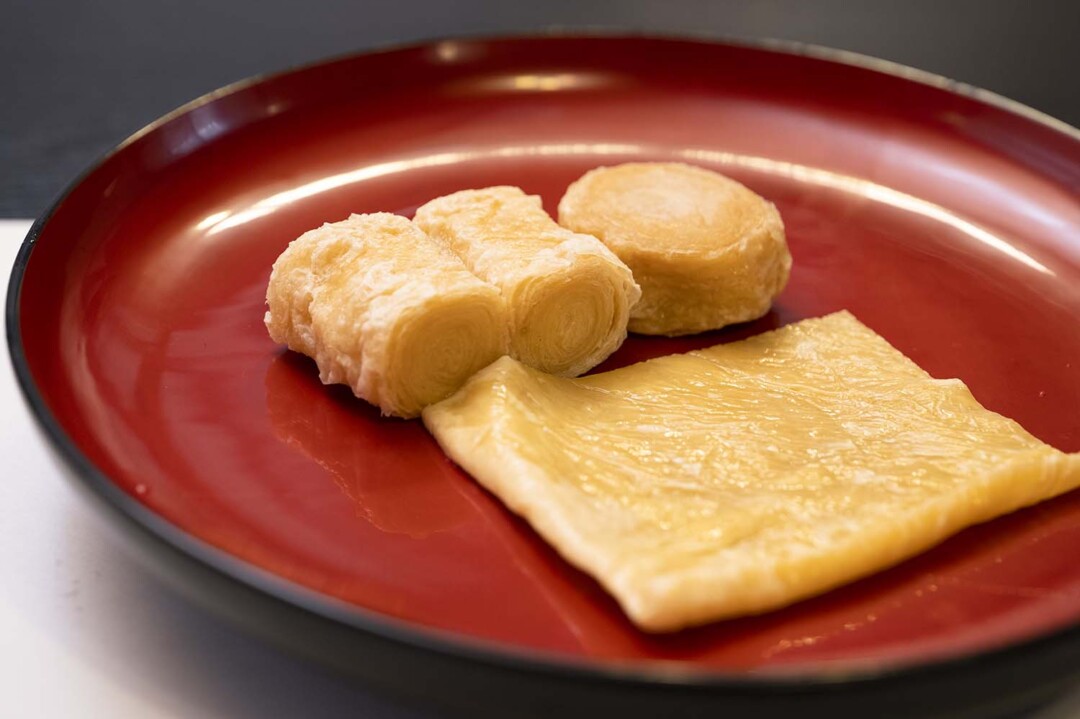
Yuba was brought back to Japan from China by Saicho, a Japanese buddhist monk, about 1,200 years ago, and spread throughout Japan. One prominent area was Nikko City, located in Tochigi Prefecture. Here, yuba became popular as an offering at temples and shrines, such as Nikko Toshogu Shinto Shrine. This is thought to be the origin of Nikko Yuba, which is made from the sacred water from Mt Nantai, Mt Nyoho, and Mt Taro. This yuba became a popular household ingredient, and has become firmly rooted in local culinary heritage. Nowadays, yuba dishes are served to celebrate special occasions.
It is said that the difference between Nikko Yuba and Kyoto Yuba lies in the manufacturing process. Yuba is made by boiling soy milk, and skimming off the film that forms on the surface. In Kyoto, yuba is made in a single layer, whereas in Nikko, the single layer that forms is folded into two layers. This additional thickness creates a toothsome texture, and provides even more flavor from the soy milk. Incidentally, the kanji characters used to write the word “yuba” vary by region – in Kyoto, the kanji for “hot water” and “leaf” are used, whereas in Nikko, the kanji for “hot water” and “wave” are used.
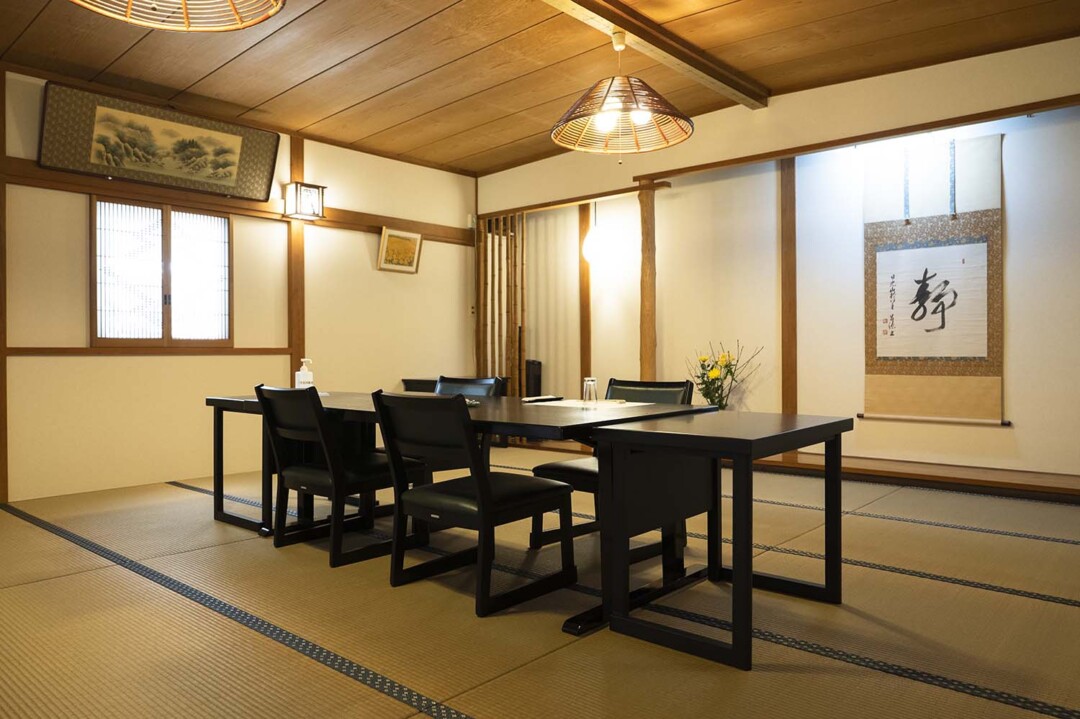
When you visit Nikko, you will find restaurants serving Nikko Yuba most everywhere. To learn more about the heritage of this renowned ingredient, we visited Kappo Futaba, a . This time-honored restaurant serves kaiseki cuisine, a traditional Japanese style of course dining which features seasonal ingredients. We’ve heard that the special kaiseki course presents Nikko Yuba at its very finest. Nikko Toshogu Shinto Shrine is also nearby, offering a perfect opportunity to enjoy a leisurely shrine visit after dining.
This left us keenly wondering what sort of cuisine would be made from Nikko Yuba. We couldn’t wait to try the chefs’ special dishes!
Yuba cuisine
揚巻湯波の煮物 Agemaki yuba no nimono
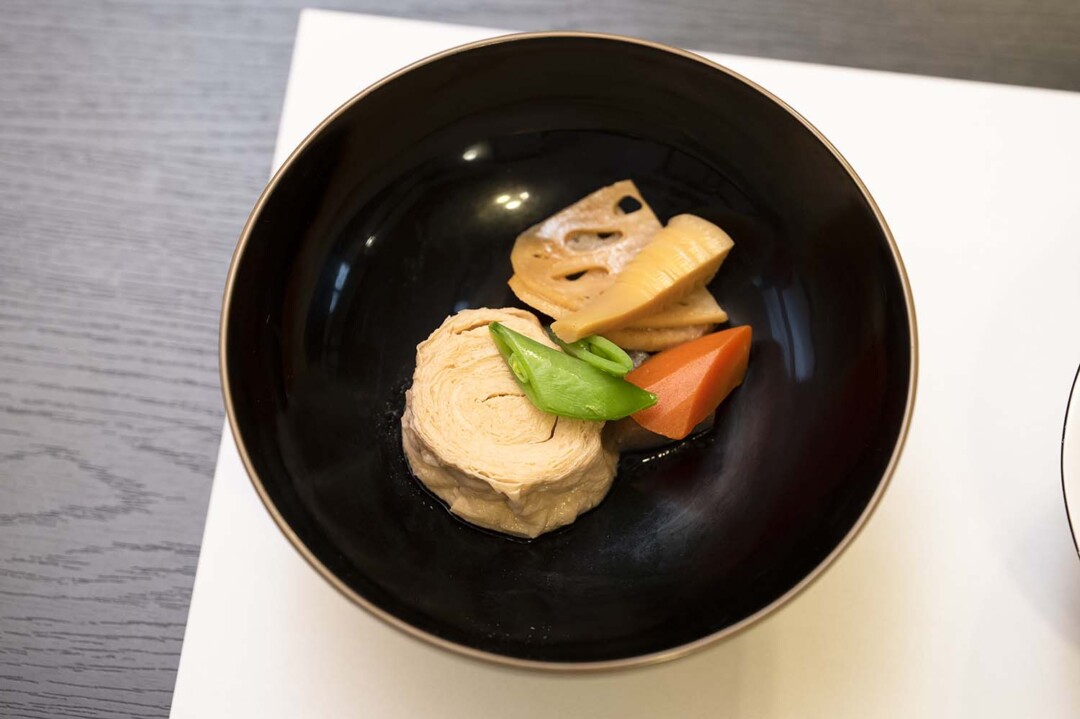
One of the most renowned Nikko Yuba dishes is agemaki yuba, in which yuba is rolled, sliced into rounds, and then deep fried once in oil. In most cases, excess oil is removed before preparing in nimono (simmered dish) format.
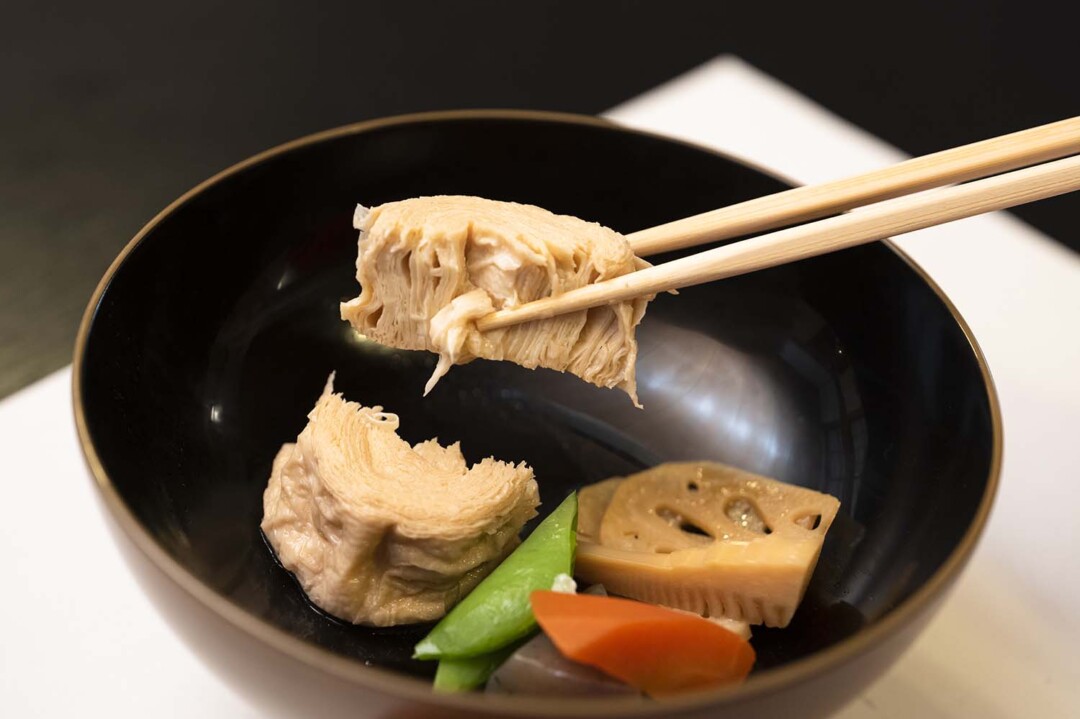
To eat, break the yuba into bite-size pieces, enjoying the savory dashi (Japanese stock) that bursts forth with every bite. Another, slightly more obsessive way is to peel back the rolled yuba and enjoy it one layer at a time.
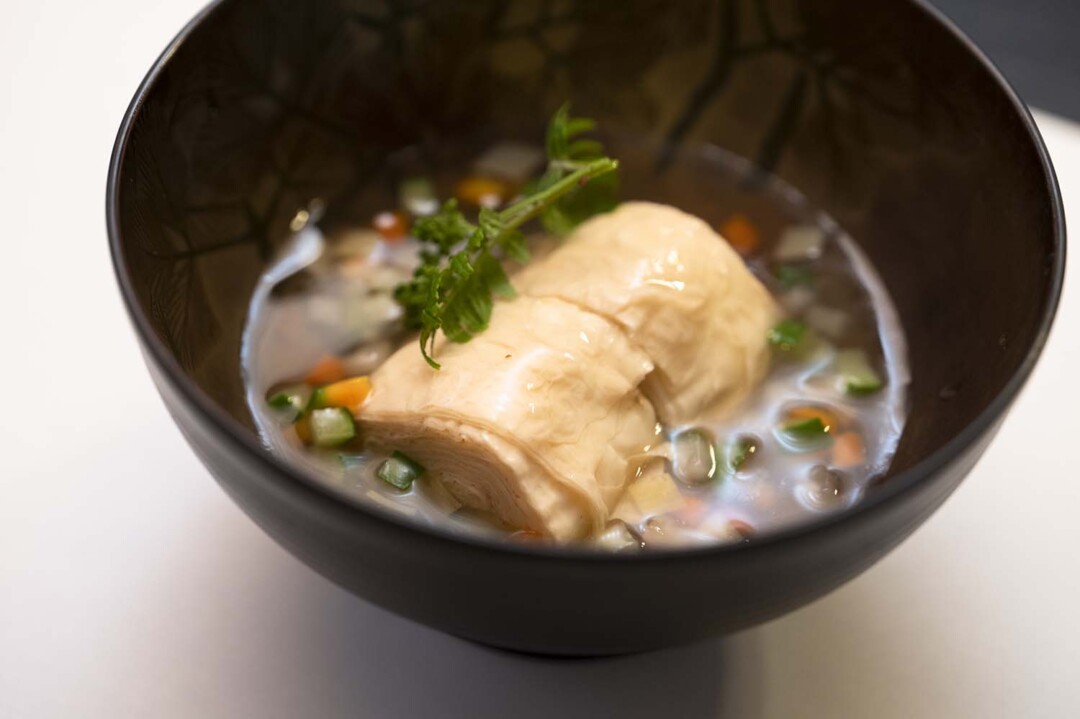
This is called shinomaki yuba, and is made by rolling the very first layer of yuba that forms after bringing soy milk to a boil. Like agemaki yuba, it is commonly enjoyed in nimono, offering a mellower flavor.
刺身湯波 Sashimi yuba
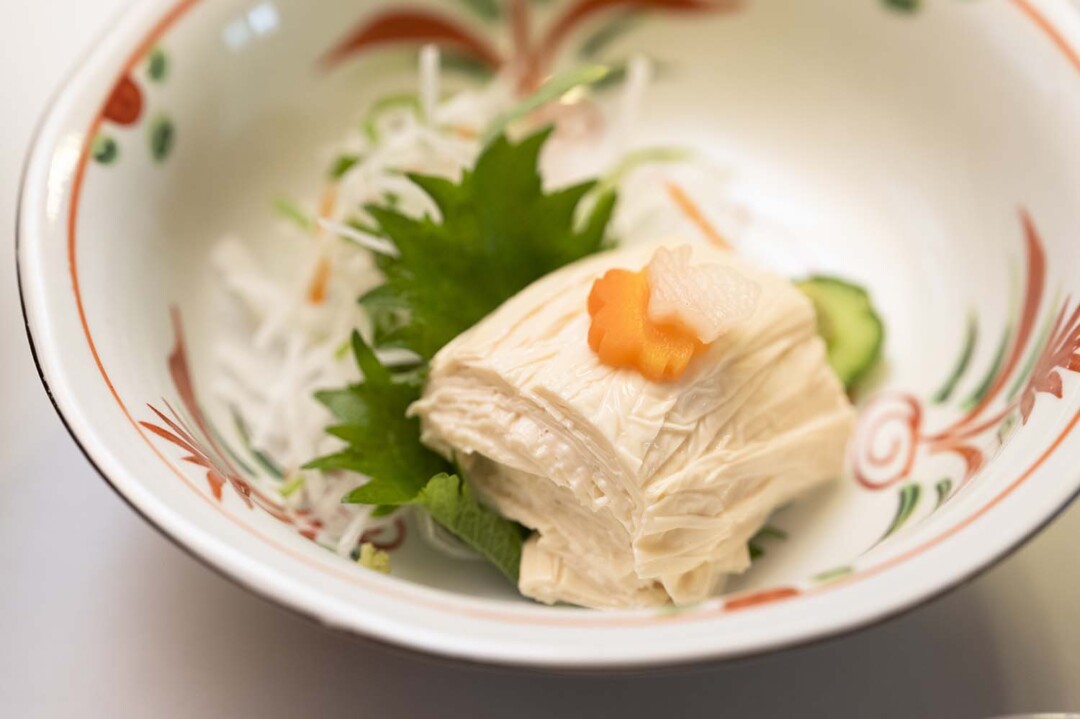
Sashimi yuba is just what it seems – freshly-made yuba, served raw.
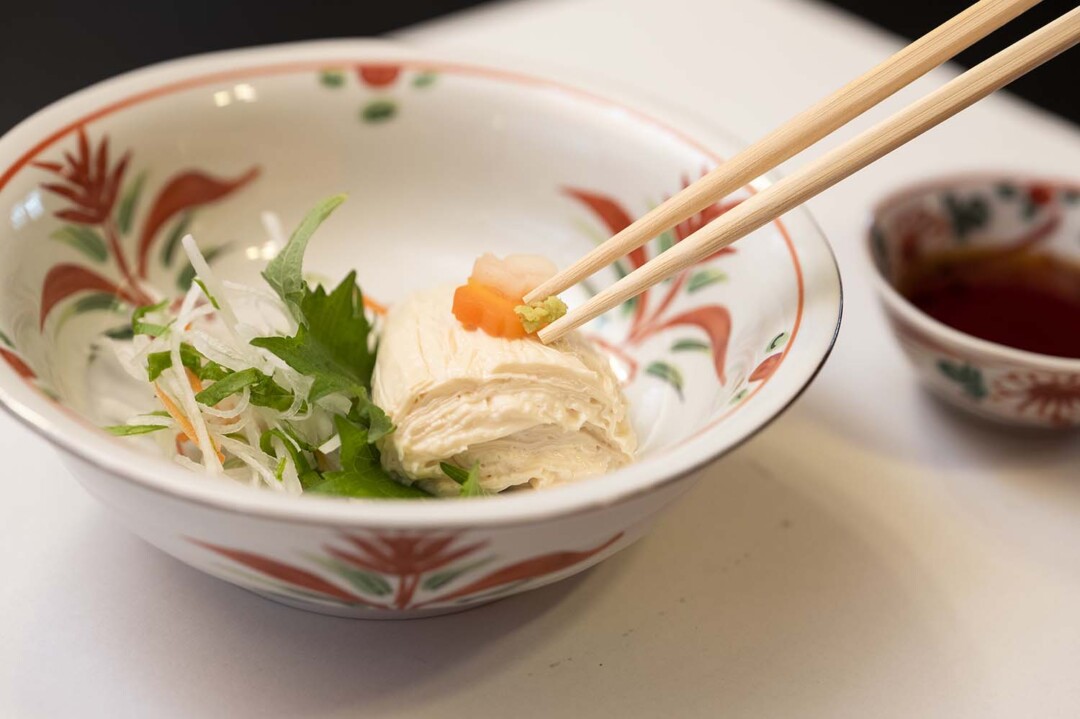
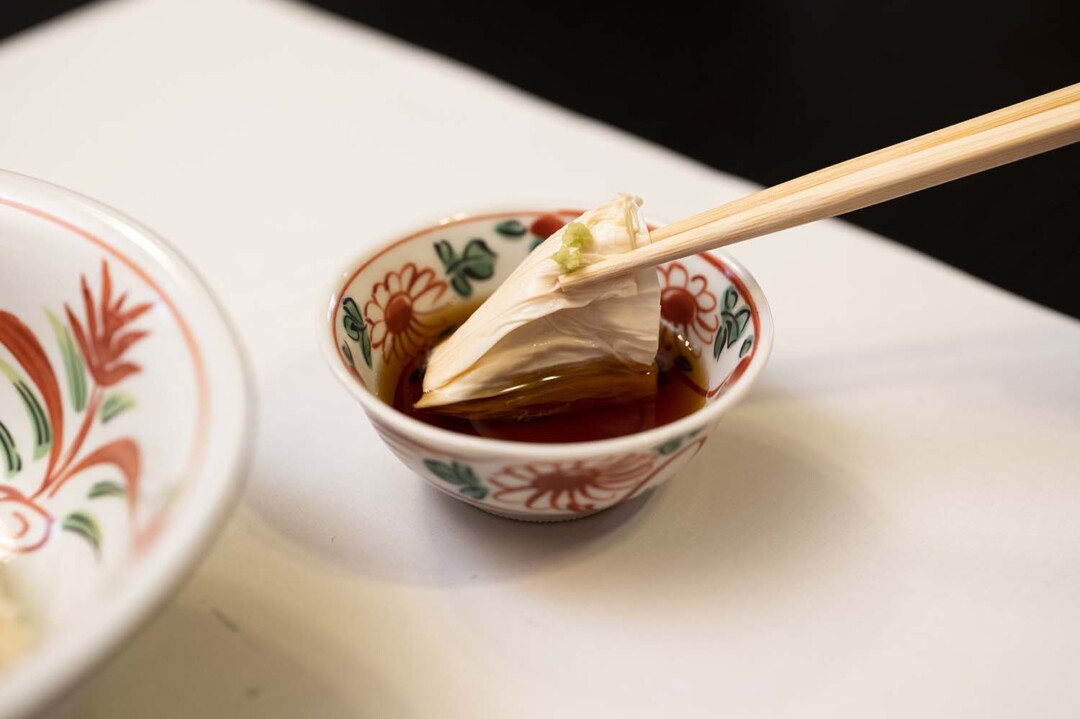
To enjoy, first add a tiny dab of wasabi, then eat one or two layers at a time. Be sparing with the soy sauce, so as not to overwhelm the delicate flavor of soy milk.
湯波の天ぷら Yuba no tempura
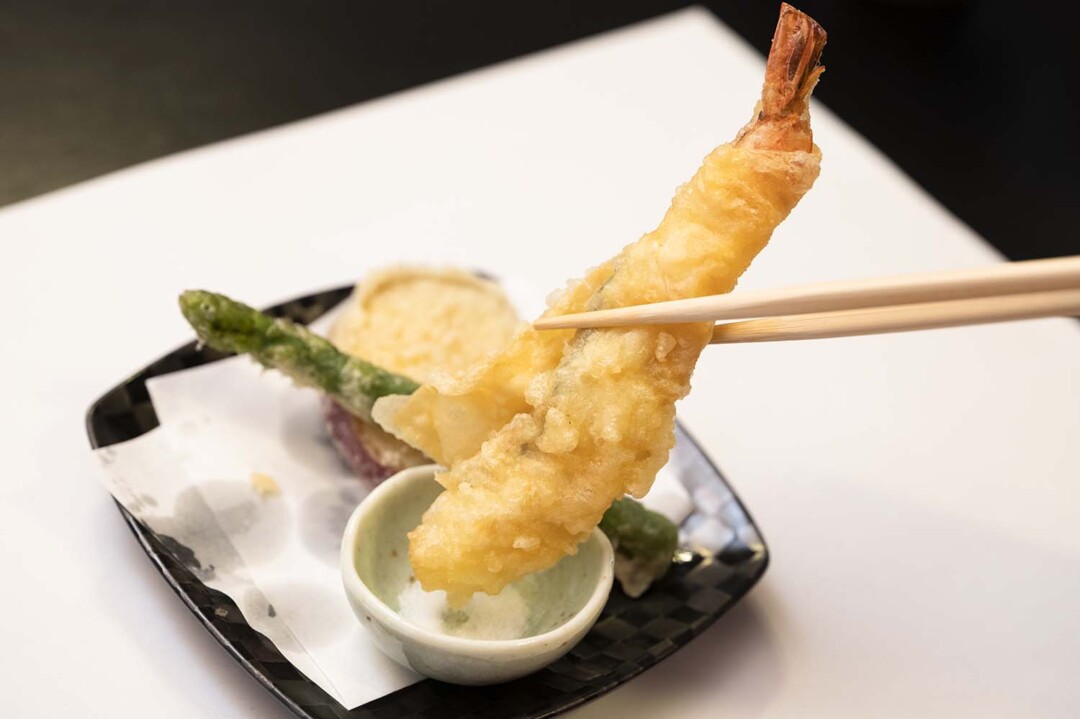
The chefs showed us some of their inventive dishes, starting with yuba no tempura. The pictured prawn is wrapped in yuba. In fact, when yuba is served as tempura, it is often combined with other ingredients. To enjoy this creation, season simply with a touch of salt. The yuba is even crispier than you might imagine, with a light, flaky texture that is sure to delight.
湯波グラタン Yuba guratan
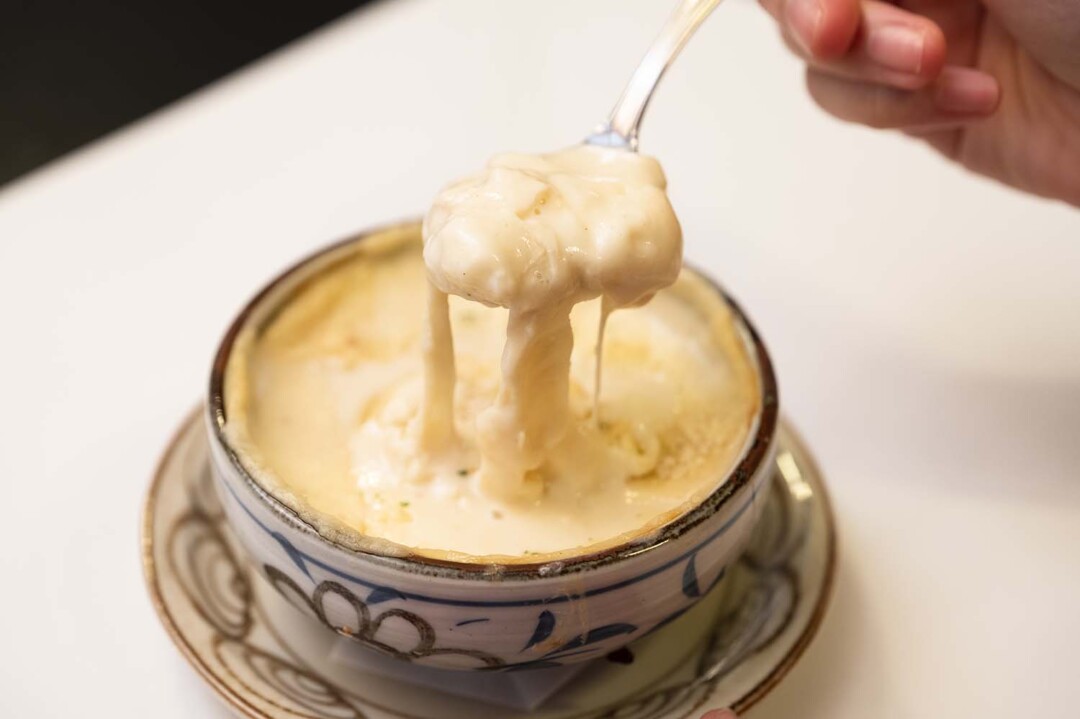
Next, the chefs served yuba gratin, an innovative dish that transforms leftover, frozen sashimi yuba into a masterpiece of flavor! Plenty of cheese is used, but the melt-in-your-mouth yuba stands out as the true star of this dish. This surprisingly wonderful combination disappeared in a flash!
Our research for this article was a perfect opportunity to appreciate the simply beautiful flavor of Nikko Yuba. Enjoying this renowned ingredient in both Japanese and western dishes has whetted our appetites to try even more. Nikko City, located in Tochigi Prefecture, is well worth a visit to experience this unique culinary heritage.
* The published information is current as of April 2023. Prices and other details are subject to change.
This kappo-style restaurant has been in business for over 90 years. Applying western culinary techniques to traditional Japanese cuisine, Kappo Futaba serves kaiseki courses to the delight of customers of all ages. Special kaiseki courses featuring plenty of Nikko Yuba are particularly recommended for tourists and visitors to the region. By reservation only.










